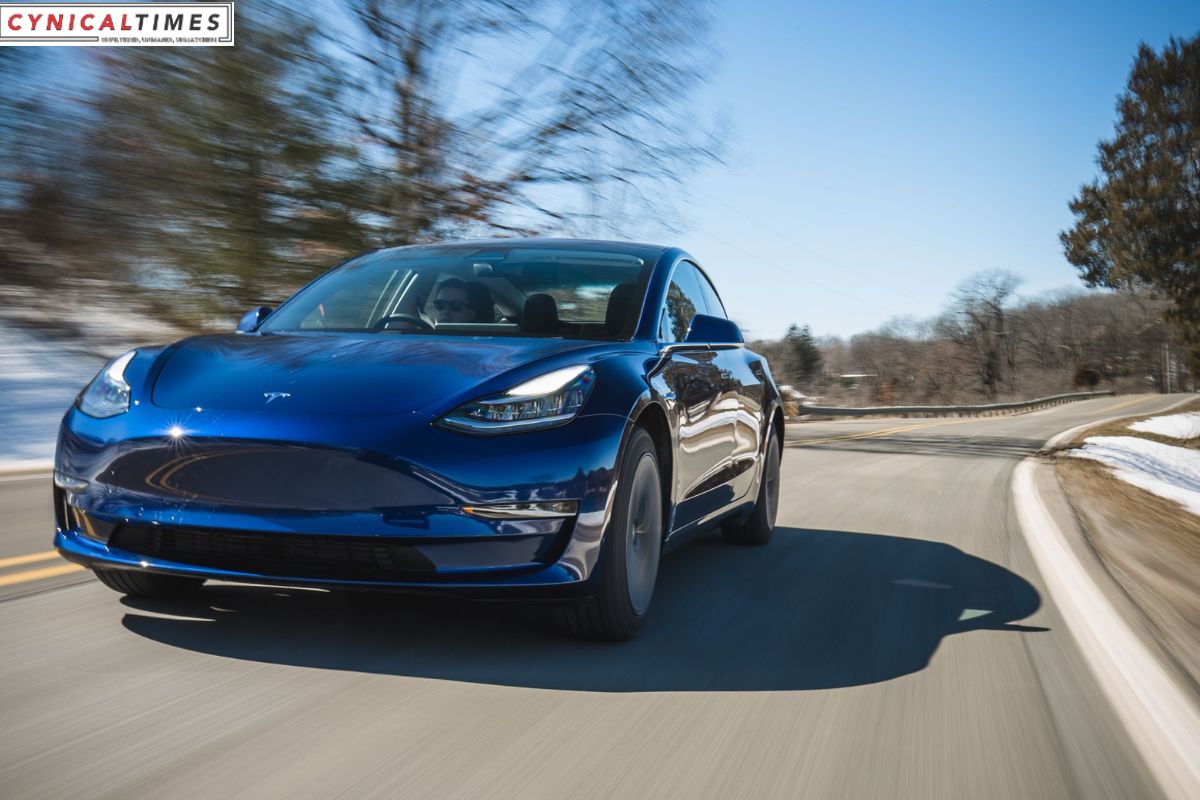Tesla Cutting Edge EV Manufacturing: Tesla is testing new ideas to revolutionize EV manufacturing. This move may impact future EV manufacturing. Why does it matter? To cut production costs significantly, a crucial step towards Elon Musk‘s goal of reducing electric car manufacturing costs by 50%. Those familiar with Tesla have discussed its unique approach.
Tesla uses large presses with 6,000 to 9,000 tons of force to make the Model Y’s front and back, a groundbreaking innovation. The new gigacasting method is very effective and cost-saving. Tesla leads in electric car (EV) production, leaving rivals scrambling to catch up.
Tesla doesn’t end here. The company is on the verge of a groundbreaking discovery that could revolutionize car manufacturing. This idea is based on die-casting, enabling Tesla to create the entire underbody of an electric car in one piece, unlike regular vehicles, which have about 400 underbody parts.
This tech advancement is the basis for Elon Musk’s manufacturing plan, announced by Tesla in March. Tesla aims to produce millions of affordable EVs and stay profitable in the next decade. The key is this.
Tesla has revealed some information about its unboxed model. However, the size and shape of the modular blocks are still a mystery. Experts claim gig-casting EV undercarriages could significantly impact Tesla and the car industry. Terry Woychowski, President of Caresoft Global, says meeting this goal would be challenging due to casting immense structures.
Tesla can create a new car in 18 to 24 months due to its unique design and manufacturing methods. Most companies take 3-4 years to launch a new car, a departure from the usual timeframe. If Tesla makes fast cars, it has an advantage over competitors.
Sources claim Tesla’s upcoming small EV, priced at $25,000, may have a single large frame. This idea may simplify car production and cut costs for electric vehicles.


ALSO READ: ABB Invests Dollar 266 Million in Sweden Robotics Hub: Amidst Global Reshoring Trends
Tesla’s adaptability is advantageous when deciding on die-casting for the EV’s entire underbody. Tesla uses sand and 3D printing for making and casting parts. Samples can be made more efficiently and for less. The old method of getting metal samples was slower and costlier than this method.
The aluminum used in Tesla’s project was crucial for casting. Alloys behave differently in sand models than in metal forms. Tesla has developed alloys, cooling methods, and a heat treatment process to solve this. These changes will make Tesla’s casts safer and include other key features.
Sources say Tesla’s upcoming small car, designed for personal use and as a robotaxi, is a promising opportunity for die-casting. These cars have short overhangs, suitable for a one-piece underbody.
Tesla must choose a gigapress type for underbody production. The gigapress affects car manufacturing and frame construction. Tesla could use high-pressure gigapresses, which are more efficient but cannot make hollow subframes with 3D-printed sand cores. Tesla could use a slower “alloy injection” method for better castings, but producing it would take longer.
Tesla’s EV innovations may reshape the industry. Whether Tesla uses high-pressure or slower alloy injection gigapresses, its commitment to improving technology shows its dedication to making EVs more affordable and eco-friendly globally.
Our Reader’s Queries
Is Tesla losing its edge?
Although Tesla once held a dominant position in the EV market with little competition from traditional automakers, it’s now evident that the company is facing tough competition in an increasingly crowded market.
Is the CEO of Tesla an EV manufacturing company?
Elon Musk is a renowned entrepreneur who co-founded and currently leads several innovative companies including Tesla, SpaceX, Neuralink, and The Boring Company. As the CEO and co-founder of Tesla, Elon is responsible for overseeing the design, engineering, and global manufacturing of the company’s electric vehicles, battery products, and solar energy products. His visionary leadership has helped to revolutionize the automotive industry and pave the way for a more sustainable future.
Is Tesla no longer the biggest EV maker?
The competition between Tesla and Chinese EV manufacturer BYD, which is supported by US investor Warren Buffett, has intensified. BYD has recently announced sales figures for the October to December 2023 period that have surpassed Tesla’s for the first time. This marks a significant milestone in the ongoing rivalry between the two companies.
Is Tesla losing ground in the EV market?
As the electric-vehicle market becomes increasingly competitive, Tesla is facing a decline in its market share. This has put immense pressure on the launch of the highly anticipated Cybertruck, which is expected to be a game-changer for the company. With rivals stepping up their game, Tesla needs to ensure that the Cybertruck is a success to maintain its position as a leader in the EV market. The stakes are high, and all eyes are on Tesla to see if they can deliver a product that lives up to the hype.

